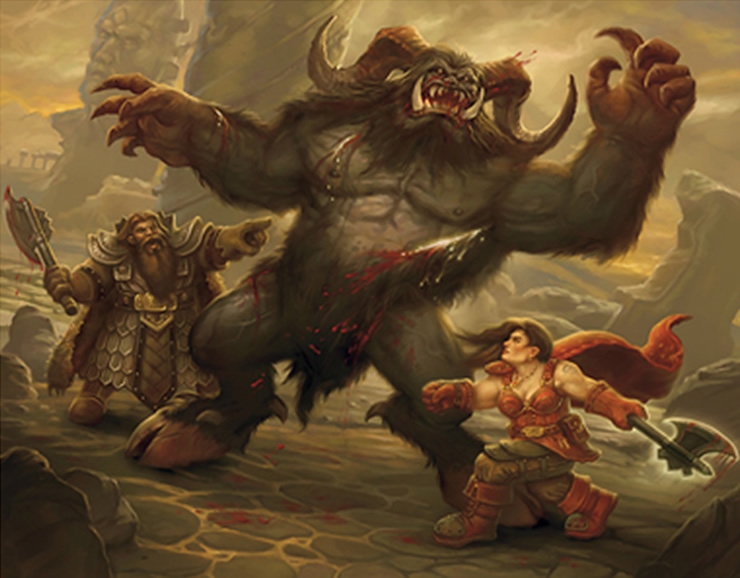Fighters in Dungeons and Dragons have been with the game since the very beginning. In the original game Fighting Men, Clerics and Magic Users were the only classes available. Other classes were introduced in the supplements to the game as they were devised. Fighters were called Fighting Men in the original booklets to the game. This title was changed to Fighter in all later editions.
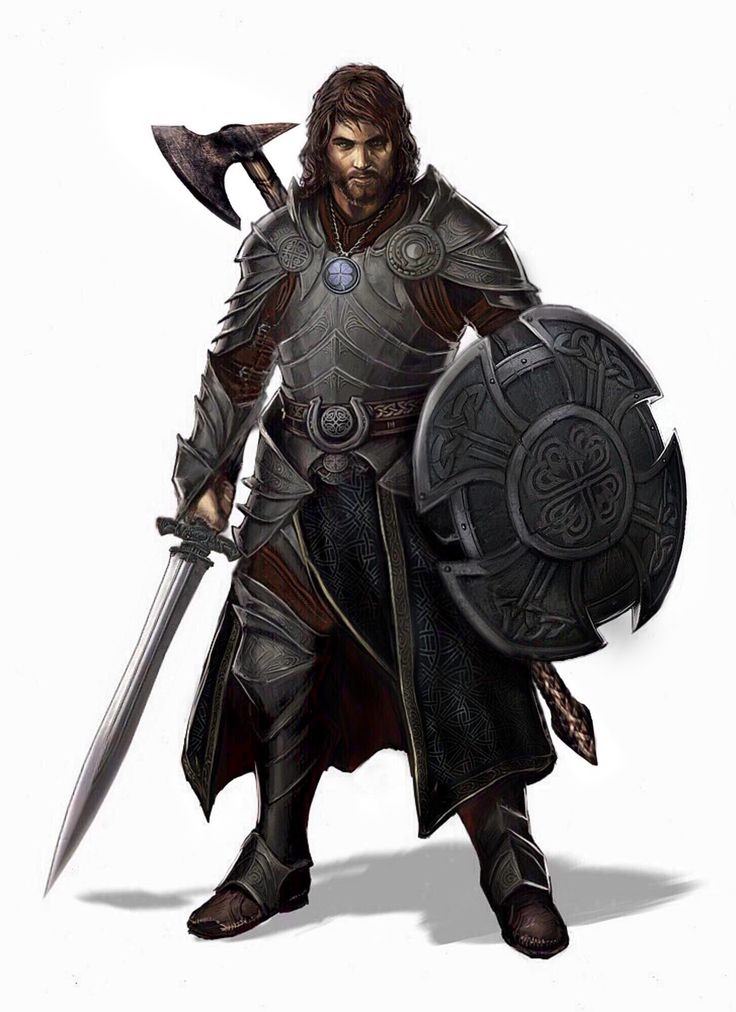
Fighters in Dungeons and Dragons 1st Edition
In Advanced Dungeons and Dragons 1st edition Fighters were one of the core classes. Rangers and Paladins were considered sub-classes of Fighters. The Fighter was built for melee combat and little else. They were the best suited for such combat. They had the ability to use the best armor and all available weapons in the game. They had the largest hit dice (Paladins were equal to them) with a D10 for hit points. They used the best to hit tables. Overall they were a sturdy class and essential to success in the places where monsters lurk.
Any race could play a Fighter in 1st Edition. But some races were limited in what maximum level they could achieve.
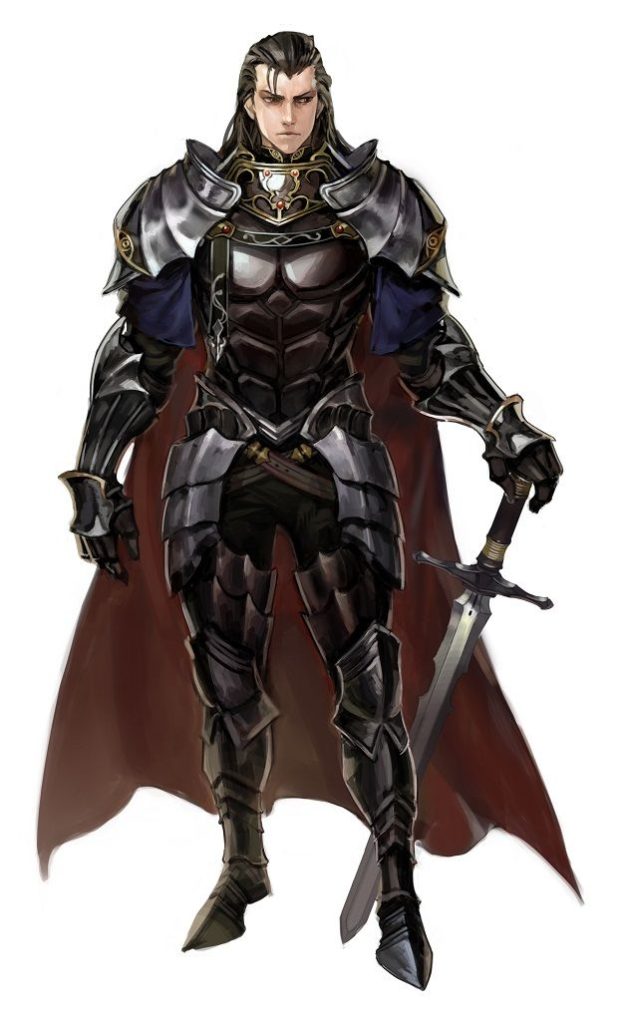
Fighters in Dungeons and Dragons 2nd Edition
In AD&D 2nd Edition the Fighter was one of the Warrior group of classes. The class was later expanded upon by the release of the Complete Fighter’s Handbook. This book offered several sub-classes of the Fighter which could be used in game play. Such sub-classes included: Swashbuckers, Noble Warriors and Gladiators.
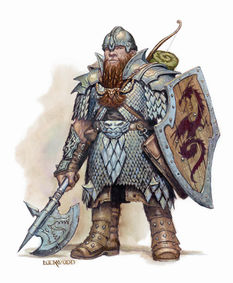
Fighters in Dungeons and Dragons 3rd Edition
Third Edition changed the Fighter Class substantially. Now Fighter abilities were treated as “combat feats.” These feats changed the nature of the Fighter from a brute force brawler to something else entirely.
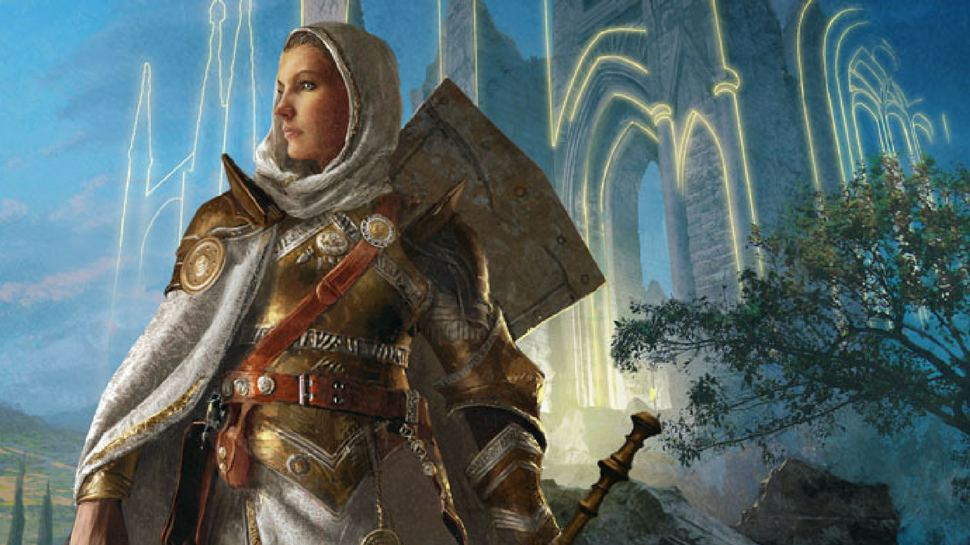
Fighters in Dungeons and Dragons 4th Edition
Fourth Edition changed the Fighter even more. Now the Fighter used a martial power source for their ability. Fighters chose between two different builds: Great Weapon Fighter and Guardian Fighter. Two more builds were offered in the Martial Power supplement. These builds were Tempest Fighter and Battlerager. The differences between these builds are as follows:
- Great Weapon Fighter – an offense oriented fighter
- Guardian Fighter – a defender
- Tempest Fighter – a dual wielding fighter
- Battlerager Fighter – use axes and hammers and benefit from temporary additional hit points
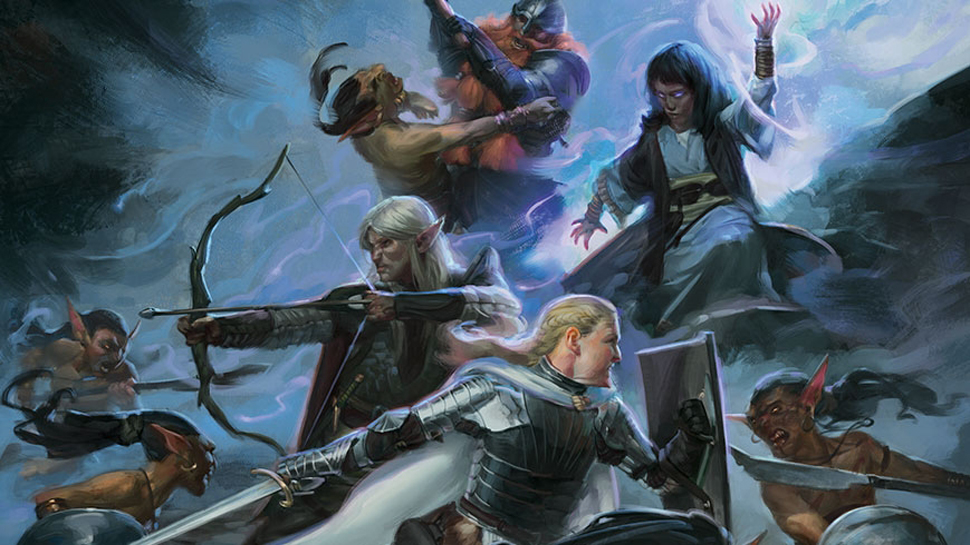
Fighters in Dungeons and Dragons 5th Edition
In Fifth Edition the Fighter chooses from three martial archetypes starting at 3rd level. These archtypes are as follows:
- Champion – focuses on simple power
- Battle Master – focuses on maneuvers
- Eldritch Knight – limited access to magic
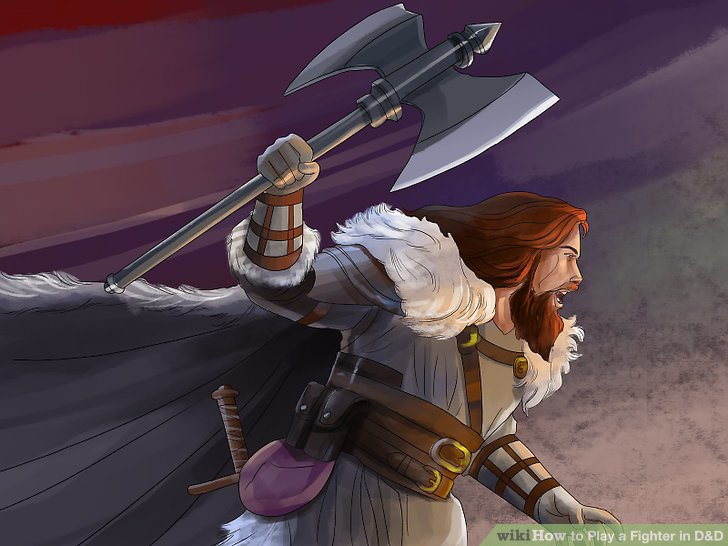
Other works have added many other archtypes. These include:
- Purple Dragon Knight – from the Sword Coast Adventurer’s Guide
- Arcane Archer – from Xanathars Guide to Everything
- Cavalier – from Xanathars Guide to Everything
- Samurai – from Xanathars Guide to Everything
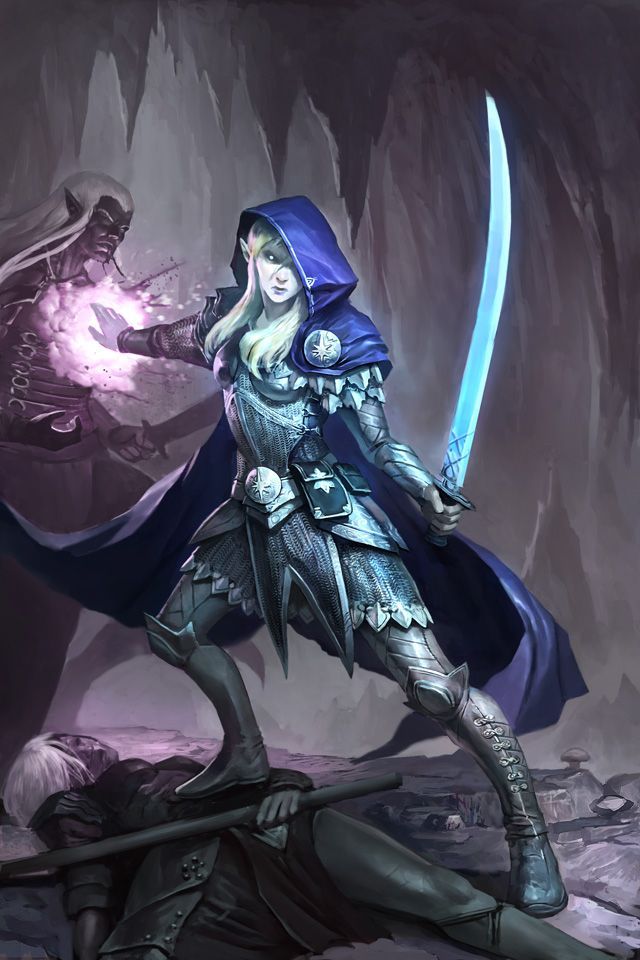
Fighters are tanks
Yes. I am stealing a word from video games. But it is essentially correct. They are the buffer between the monsters and the weaker members of the group that can deal exceptional damage. Magic Users, Wizards, Sorcerors, Illusionists and others can inflict huge amounts of damage on monsters. But they can do so only if they can stay alive long enough to use their magic to benefit the group. The key to their success is that line of fighters between them and the bad guys. By using their skill in melee combat the Fighter draws the attention of the enemy while the casters begin casting their spells. In this manner the Fighter is an essential character in an adventurer’s party. Now, it is true, that other fighter type classes can fill the same role. But none can fill it in quite the same manner.
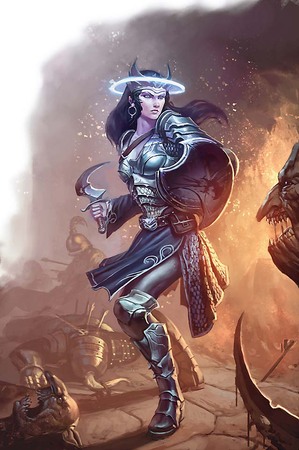
Fighters in Dungeons and Dragons can use missile weapons too
They just do not choose to do so very often. But there are times when the enemy is out of reach. And there are times when the enemy is using cover or defending some structure where the Fighter is unable to meet them face to face. When this situation arises the Fighter is more than capable of using a ranged weapon to take down a foe.
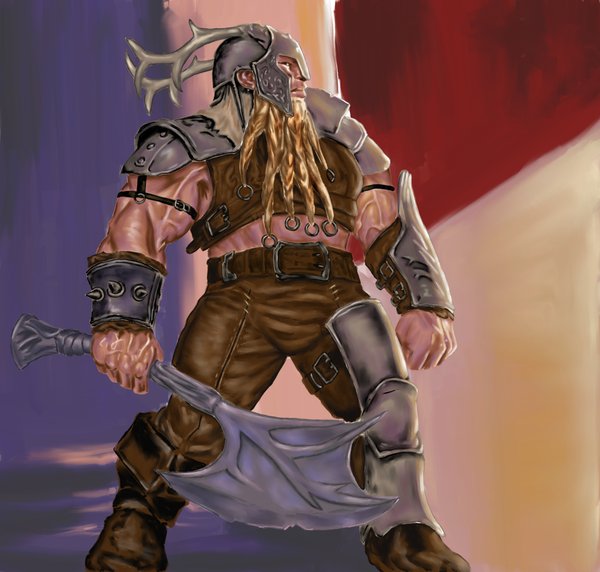
Inspirations for the Fighter
The Second Edition Player’s Handbook mentions many examples of Fighters throughout history (and in mythology). Some of these were certainly the inspirations for the class creation:
- Perseus
- Hiawatha
- Beowulf
- Sinbad
- Spartacus
- El Cid
- Alexander the Great
- Charlemagne
- Hannibal
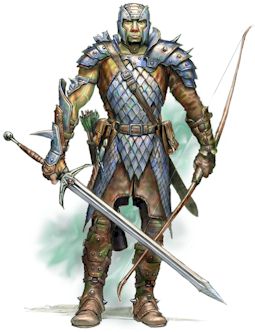
And of course…Knights in general were certainly an inspiration for this class. Dungeons and Dragons Editions mention Knights from time to time. It is more likely that the Paladin would be considered a Knight. But Knights were certainly capable of using heavy armor and were often trained in many different weapons.
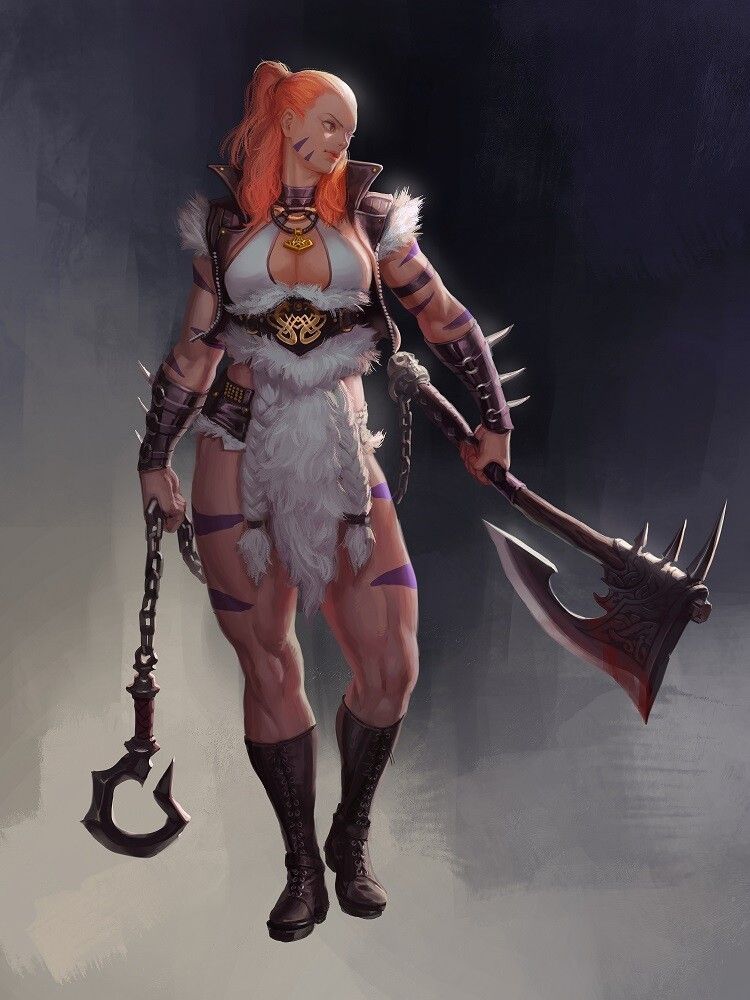
If you enjoyed this article then you might enjoy these:
